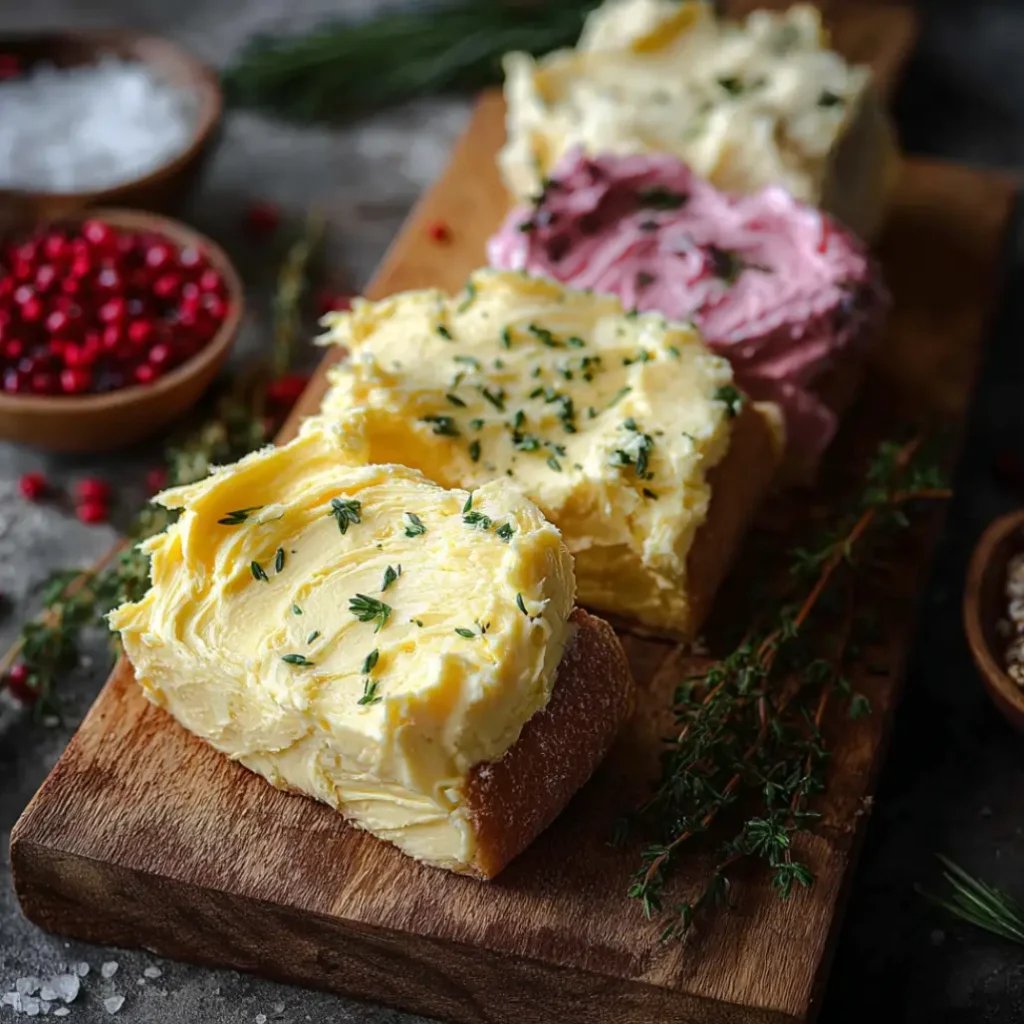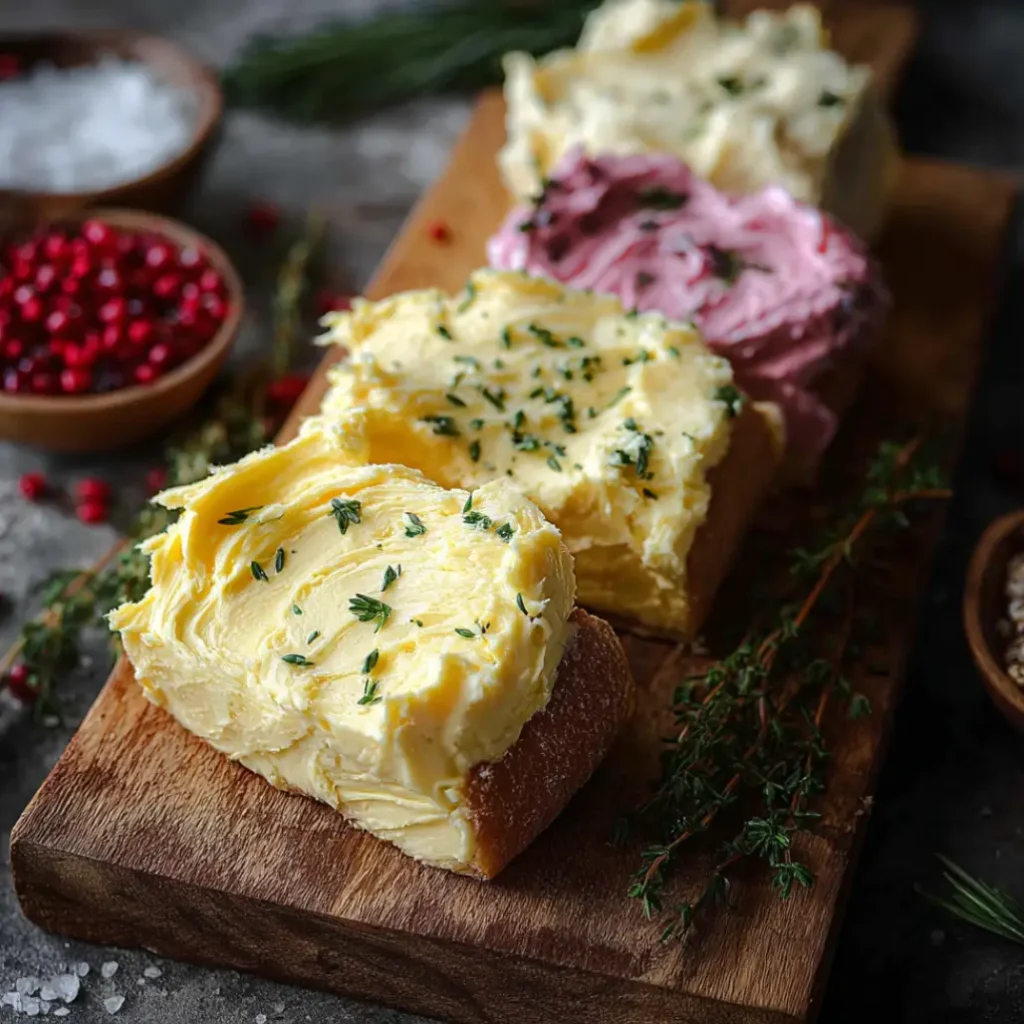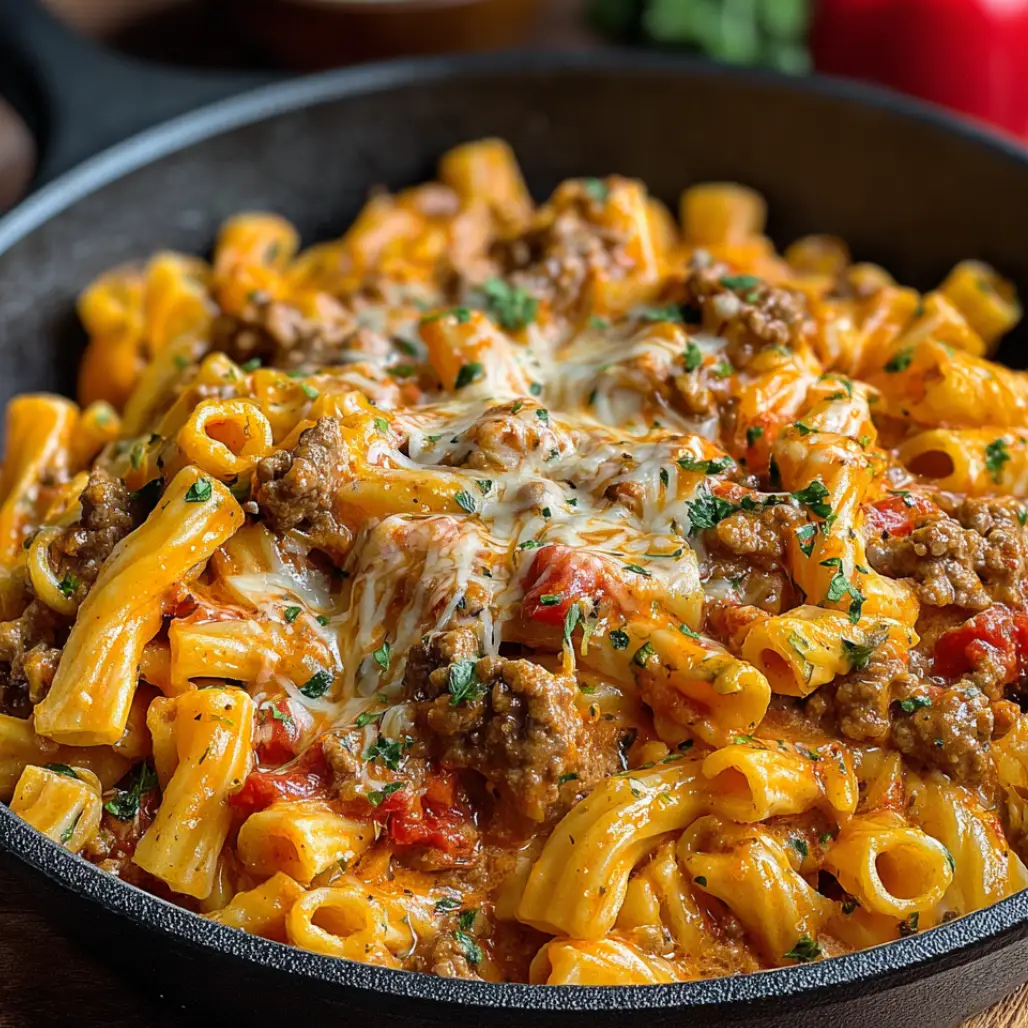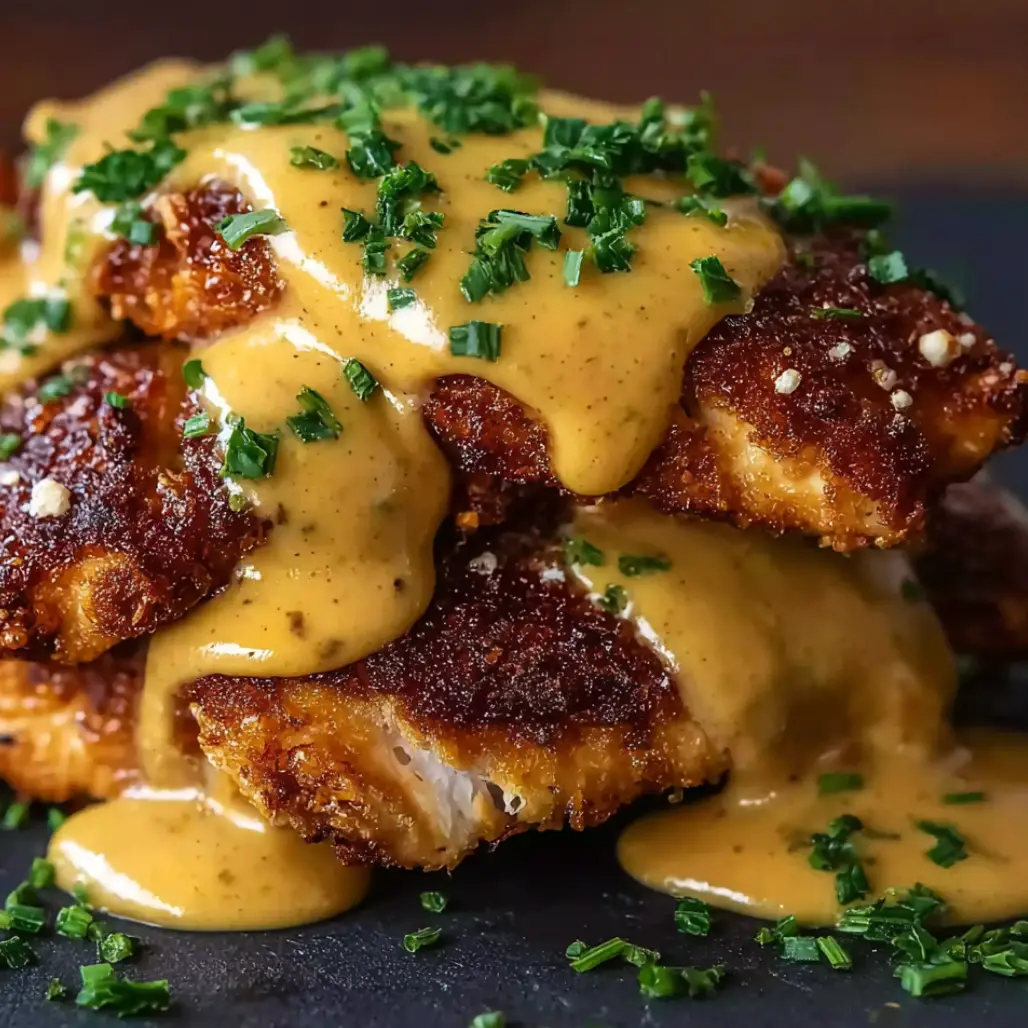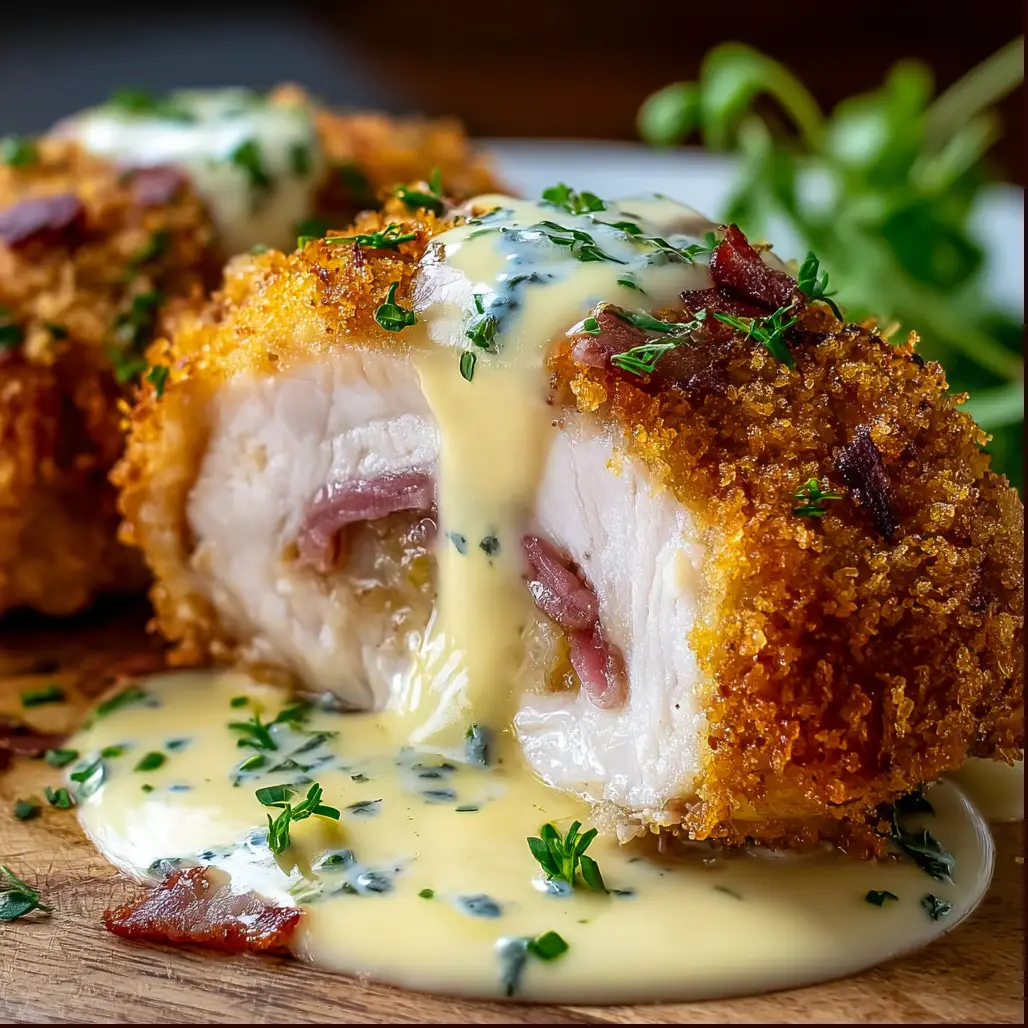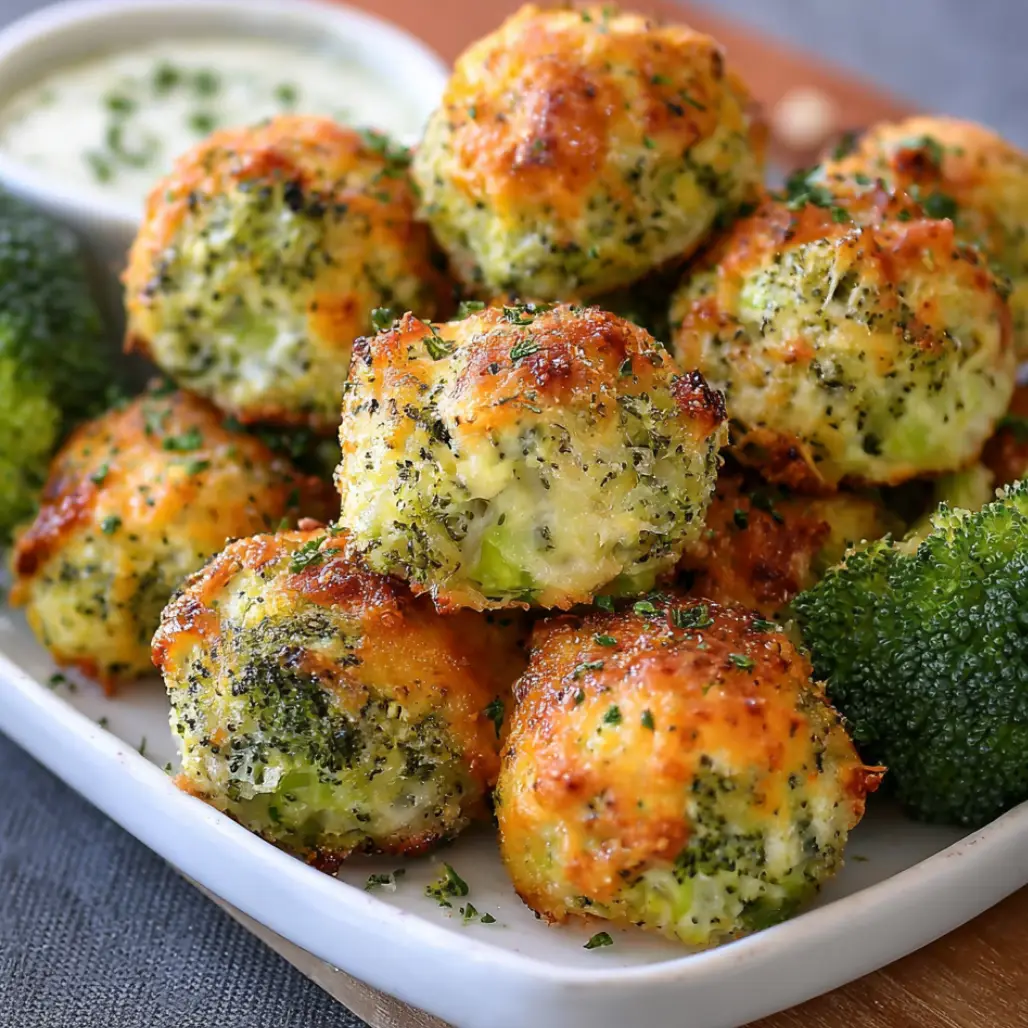Prep Time: 15 minutes Total Time: 15 minutes Serves: 8
Introduction
Butter board recipes have taken the hosting world by storm because they turn the simple act of spreading butter into a creative, interactive culinary experience. This trend allows you to transform softened butter into a vibrant display filled with color, texture, and bold accents that invite guests to gather around and enjoy. When you prepare butter board recipes, you’re not just making an appetizer—you’re crafting a centerpiece designed for sharing. Each board becomes a personalized canvas of flavors, offering everything from sweet drizzles to savory herbs that make every bite unique and satisfying.
Why Butter Board Recipes Are a Host’s Best Friend
Butter board recipes are beloved because they’re effortless to assemble while still looking impressively gourmet. Guests can choose from a variety of toppings, making the experience customizable and interactive. The creamy butter is comforting, and the surrounding ingredients—crunchy nuts, fresh herbs, fruit, and seasonings—create layers of flavor that feel elevated without the need for complicated cooking. This hosting style is perfect for those who want to serve something beautiful and delicious without spending hours in the kitchen. The versatility, simplicity, and visual appeal of butter board recipes give them universal charm.
Ingredients You’ll Need
Unsalted butter, softened
Flaky sea salt
Fresh herbs such as thyme, rosemary, basil, or chives
Honey or hot honey
Olive oil
Citrus zest
Crushed nuts (pistachios, almonds, walnuts, or pecans)
Fresh fruit slices
Crackers or bread
Garlic, minced
Black pepper
Dried fruit, such as cranberries or apricots
The Art of Creating Butter Board Recipes
Creating butter board recipes is less about following strict rules and more about letting ingredients speak through color and texture because the board becomes a visual representation of flavor. The butter serves as a neutral, creamy base that benefits from bright, acidic, sweet, or herbaceous toppings. Each element must be arranged intentionally so the board feels abundant without being overwhelming. Drizzles of oil or honey add sheen, herbs add aroma, and nuts bring crunch. Together, they create a multi-layered board that delights both the eyes and the palate.
Step-by-Step Instructions
Softening the Butter
- Allow the butter to soften at room temperature because pliable butter is essential for smooth spreading and proper topping adhesion.
Professional Tip: Whip the butter briefly for a lighter, airy texture.
Key Points: Soft butter ensures effortless spreading on the board.
Spreading the Butter
- Use a spoon to swoop the butter across the board because those sculpted curves hold toppings and add visual elegance.
Professional Tip: Create varying heights and patterns for depth.
Key Points: A textured base helps toppings stay in place.
Seasoning the Butter
- Sprinkle flaky salt, black pepper, and minced garlic because these foundational flavors anchor the rest of the toppings.
Professional Tip: Use roasted garlic if you prefer a milder, sweeter note.
Key Points: Simple seasoning enhances butter’s natural richness.
Adding Fresh Elements
- Layer herbs, citrus zest, and fresh fruit slices because colorful additions create contrast and brightness.
Professional Tip: Zest directly over the board to release oils.
Key Points: Fresh ingredients elevate both flavor and appearance.
Adding Sweet or Savory Drizzles
- Drizzle honey or olive oil because these bring cohesion and an inviting glossy finish to the butter.
Professional Tip: Mix hot honey with herbs for a dynamic twist.
Key Points: Drizzles must be controlled to avoid pooling.
Adding Crunchy Textures
- Sprinkle crushed nuts or dried fruit because texture is essential for creating balanced bites.
Professional Tip: Lightly toast nuts for deeper flavor and aroma.
Key Points: Crunch adds contrast to the smooth base.
Serving with Dippers
- Offer sliced breads, toasted baguettes, or crisp crackers because the right dippers help guests enjoy the butter board’s flavors fully.
Professional Tip: Warm bread slightly before serving.
Key Points: Variety ensures each bite feels unique.
Professional Tips for Perfect Results
Choose a board with a slight lip to prevent toppings from sliding. Keep butter chilled until 10–15 minutes before serving. Lean into contrasting flavors like sweet and spicy or savory and herbal. Spread butter thickly enough to hold toppings. Keep fruit slices dry to prevent wateriness. Assemble just before serving for best presentation.
Creative Variations
Make a breakfast butter board with cinnamon, berries, and maple syrup. Try a Mediterranean-inspired version with olives, tomatoes, and herbs. Create a dessert board using chocolate shavings and caramel drizzle. Incorporate seasonal fruits for holiday themes. Add smoked salt or chili flakes for bold flavor. Whip butter with herbs for a compound base.
Perfect Pairing Ideas
Pair butter board recipes with warm breads, crunchy crackers, or vegetable sticks because these dippers complement the creamy spread. Serve alongside light salads, cheese boards, roasted nuts, or cured meats for variety. Enjoy with sparkling beverages, fruity cocktails, or herbal teas to balance the richness.
Discover More Delicious Ideas
Explore themed boards such as autumn harvest boards or brunch-inspired butter spreads. Try combining flavored butters with savory toppings for unique culinary experiences. Experiment with global flavors, adding spices like za’atar, paprika, or cumin.
Storage Guidelines
Store leftover butter in airtight containers because this preserves freshness and prevents flavor transfer. Refrigerate immediately. Re-spread softened leftovers on a fresh board for serving. Avoid storing assembled boards to maintain texture and appearance.
The Science Behind Butter Board Texture
Butter’s creamy consistency comes from its emulsified fat structure because it softens gradually at room temperature while still holding shape. When combined with toppings like citrus, herbs, and oils, the board becomes an interplay of aromas, textures, and visual cues that create a multidimensional eating experience.
Troubleshooting Your Results
If butter melts quickly, set the board on a chilled surface. If toppings sink, spread butter thicker. If flavors seem dull, add salt or citrus zest. If butter feels too stiff, let it rest slightly longer. Adjust ingredients to maintain balance and appeal.
Additional Inspirations
Create mini butter boards for individual servings. Use edible flowers for elegance. Add themed ingredients for holidays. Blend butter with roasted vegetables for unique spreads. Try savory versions featuring caramelized onions or roasted garlic. Craft layered boards with multiple butter flavors.
Conclusion
Butter board recipes offer a blend of creativity, flavor, and presentation because they transform simple butter into something memorable and communal. These boards deliver texture, color, and indulgence in every swipe, making them perfect for gatherings, celebrations, or cozy evenings at home. With endless topping combinations and easy assembly, butter board recipes remain one of the most enjoyable trends to experiment with and share.

